
Visa and entry requirements Mali:
Passport required
German citizens need a valid visa to enter Mali, which must be applied for at a Malian diplomatic mission in Germany.
Visa costs: 50 euros
Information from the Foreign Office about your trip to Mali:
https://www.auswaertiges-amt.de/de/malisicherheit/208258
Mali is a landlocked country in Africa with around 19.5 million inhabitants. The country borders Senegal to the west, Guinea to the southwest, Ivory Coast to the south, Algeria to the north and northeast, Mauritania to the northwest, Niger to the east and Burkina Faso to the southeast. The official language of Mali is French and the national currency is the CFA franc BCEAO, where 1 euro is equivalent to around 655 XOF.
Approximately 93% of all Mali residents profess Islam.
The country's largest cities include Bamako, Sikasso, Koutiela, Kalabankoro, Segou, Kayes, Kati, Mopti, Niono, Gao, San, Koro, Bla and Timbuktu.
Mali's most common landform is the plain. In the north, the country extends deep into the Sahara desert, so the majority of the population lives in the south of the country. Africa's most important river, the Niger, and the Senegal River flow through Mali.
There are over 135 mammal species in Mali, although they are much less common due to hunters and poachers than in other African countries. There are, for example, elephants, giraffes, antelopes, manatees, lions, cheetahs, hippos, chimpanzees, monkeys, vervet monkeys, baboons, ostriches, poisonous snakes, monitor lizards, crocodiles and turtles.
Mali is a developing country, one of the poorest states in the world, whose population has one of the highest growth rates in the world and around 72% of all residents live below the poverty line.
The state's most important economic sector is agriculture, which employs more than two-thirds of the working population. The country's most important export is gold, and bananas, peanuts, fertilizers, cotton and live livestock are also sold abroad.
Mali is the third largest gold producer in Africa, after South Africa and Ghana. The state is known for its significant gold wealth. In addition to gold, the country has other huge deposits of mineral resources such as iron ore, bauxite, marble, rock salt, lime, phosphate, oil shale, lead, zinc, manganese and uranium.
The capital and largest city of Mali is Bamako with around two million inhabitants. Bamako lies on the Niger River and is the country's political and economic center. The city's main attractions include the New Mosque, the National Museum, the National Library, the Bamako Cathedral, the Independence Monument, the Bamako Grand Mosque, the Fruit and Vegetable Market, the Central Market, the National Park of Mali and the National Zoo .
In August 2016 I visited Mali as the last stop on my West Africa tour. Due to a missed flight in Cotonou – Benin, my stay in Bamako was only one day instead of the planned two. But there was still enough time for an extensive city tour of Mali's capital. In Bamako there is the typical African city chaos with countless street vendors and market traders. When you drive over one of the three bridges over the Niger River, you get a very good overview of the dimensions of the city. Otherwise, Bamako doesn't have much to offer in terms of buildings worth seeing.
I then took the Royal Air Maroc back to Berlin via Casablanca at midnight.

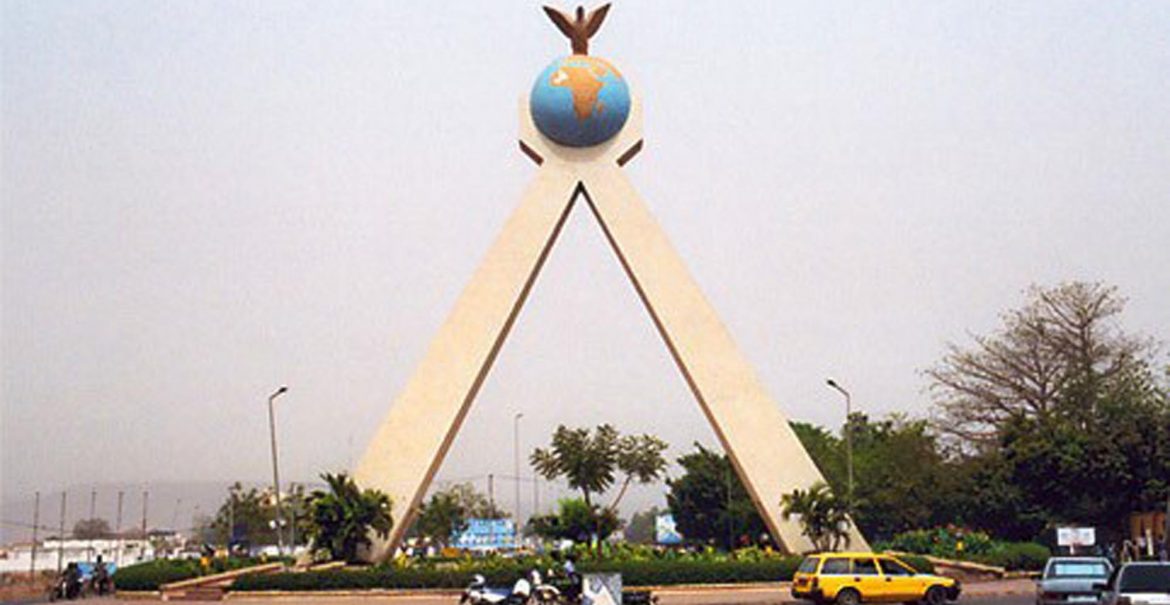
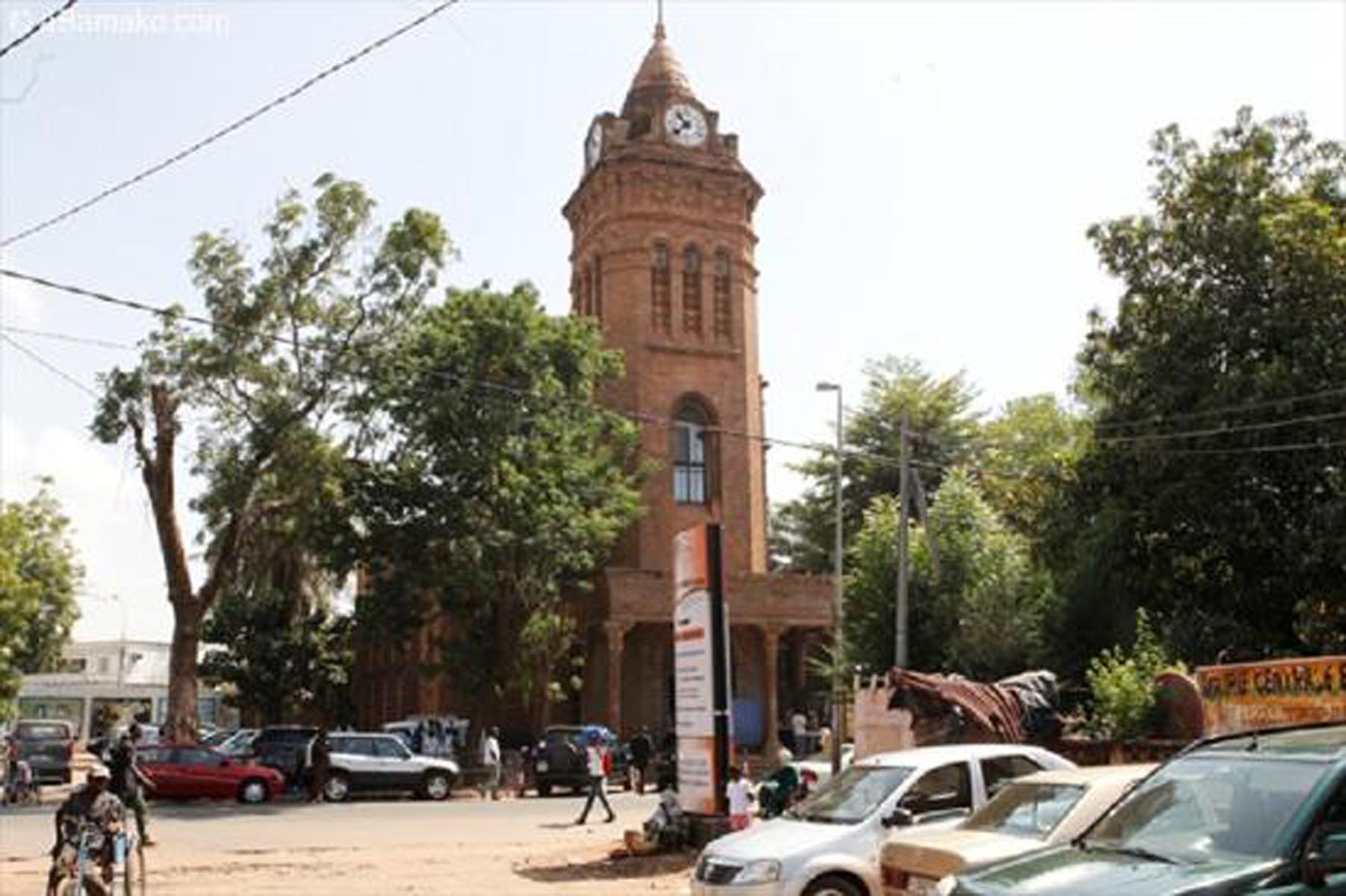
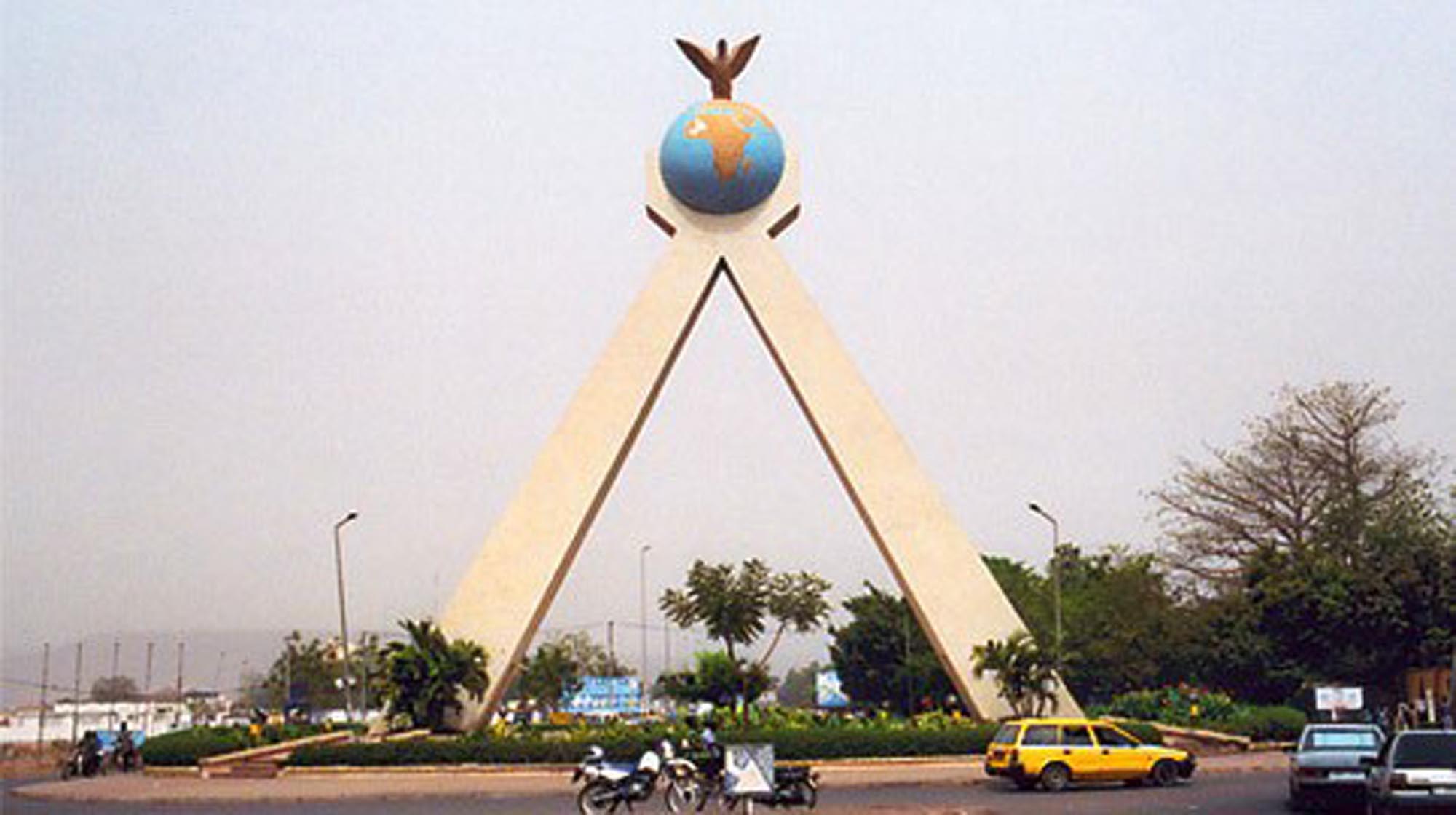
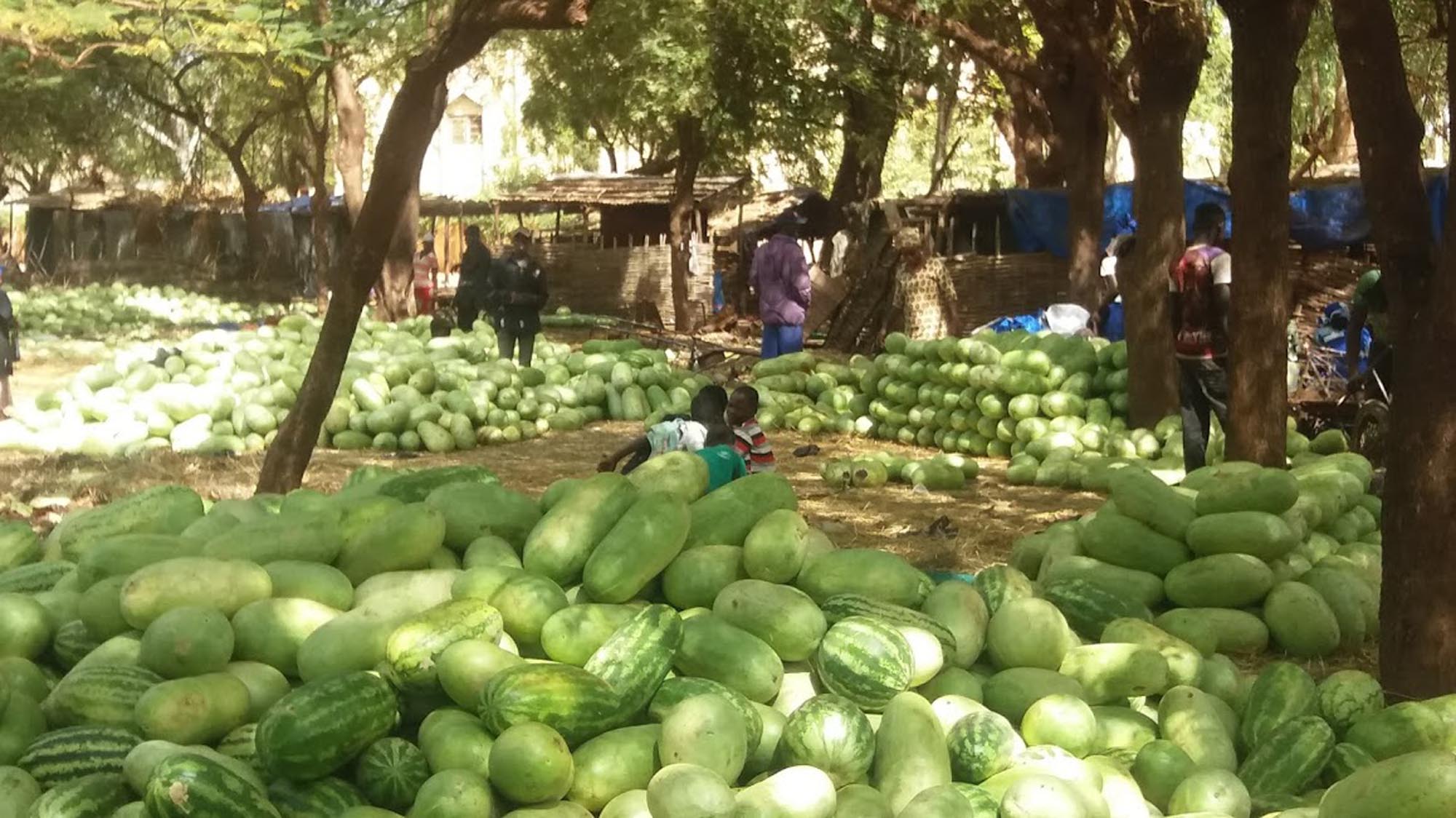
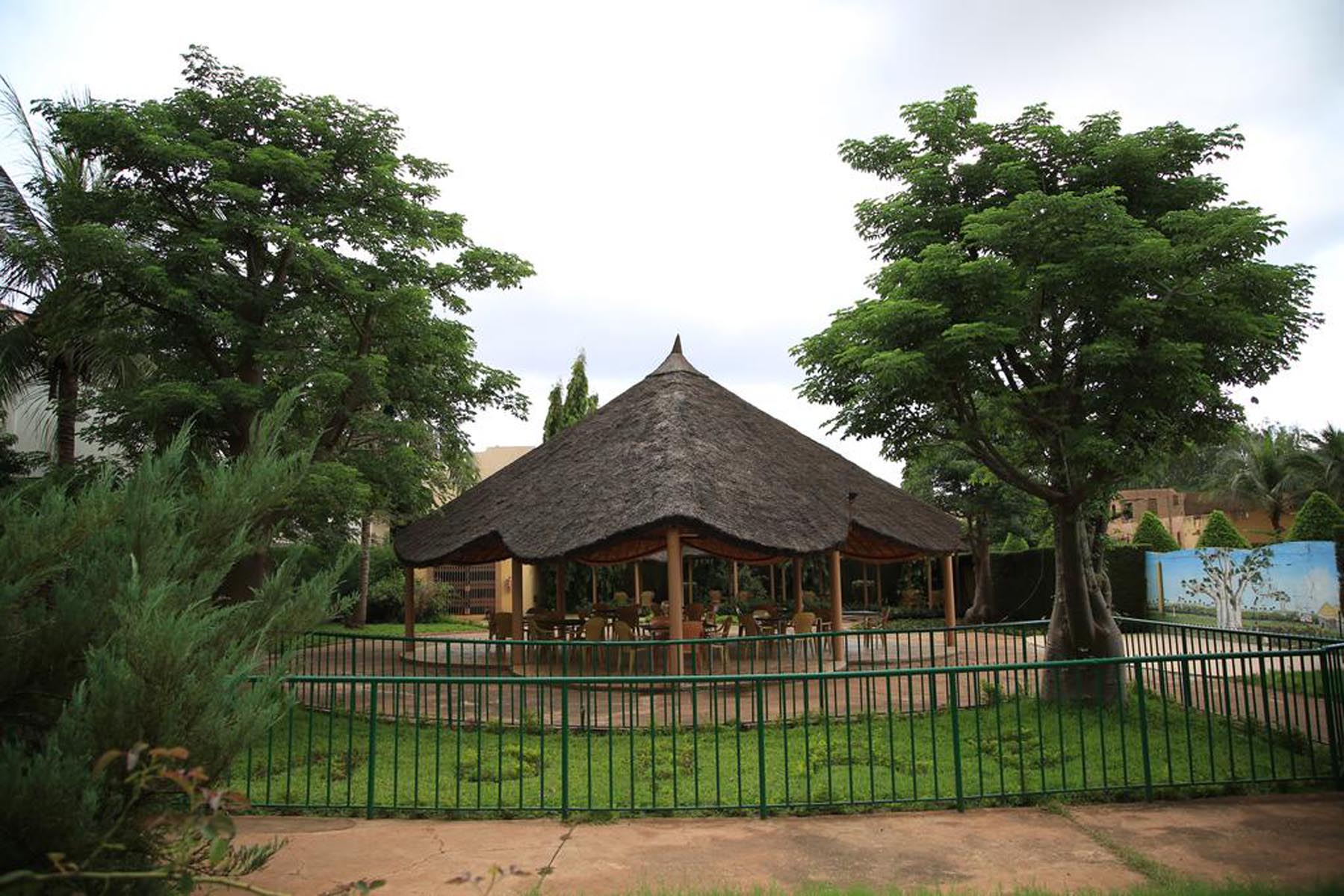
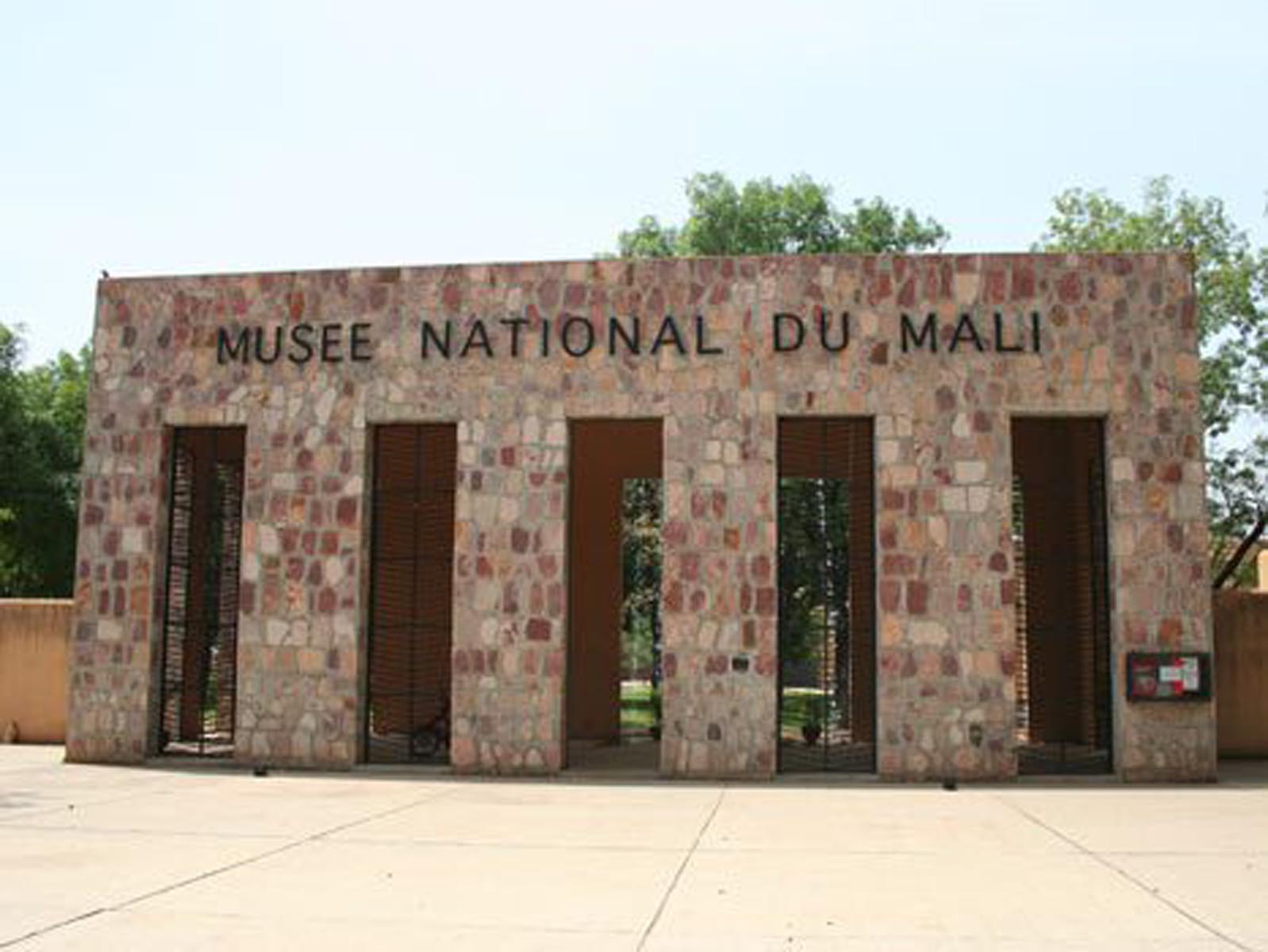
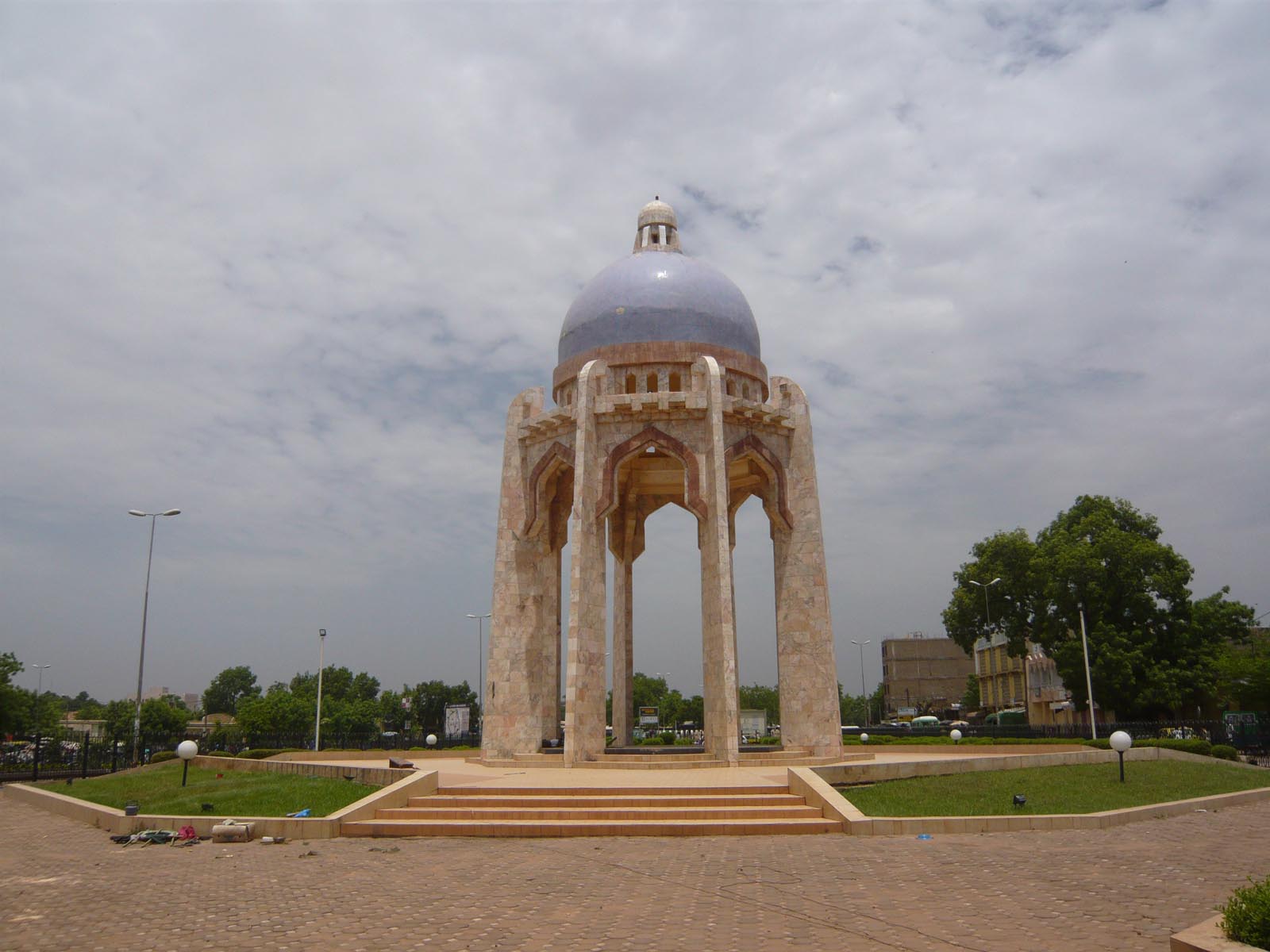


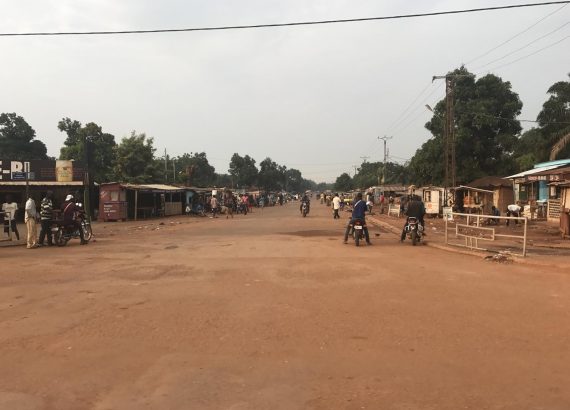
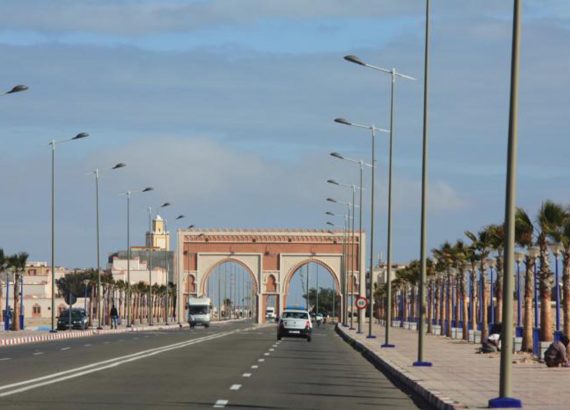
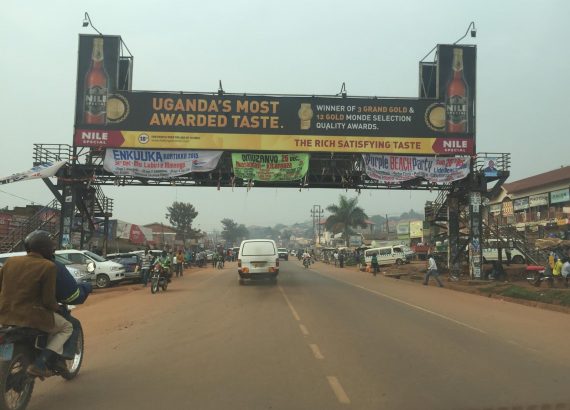
No Comments